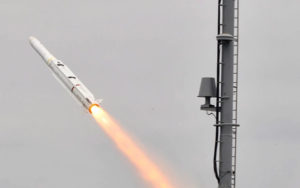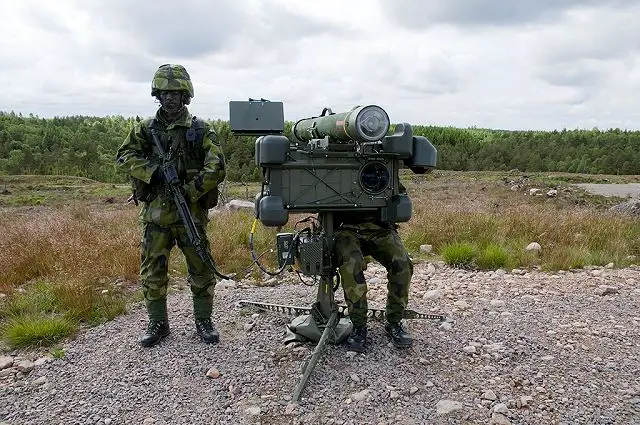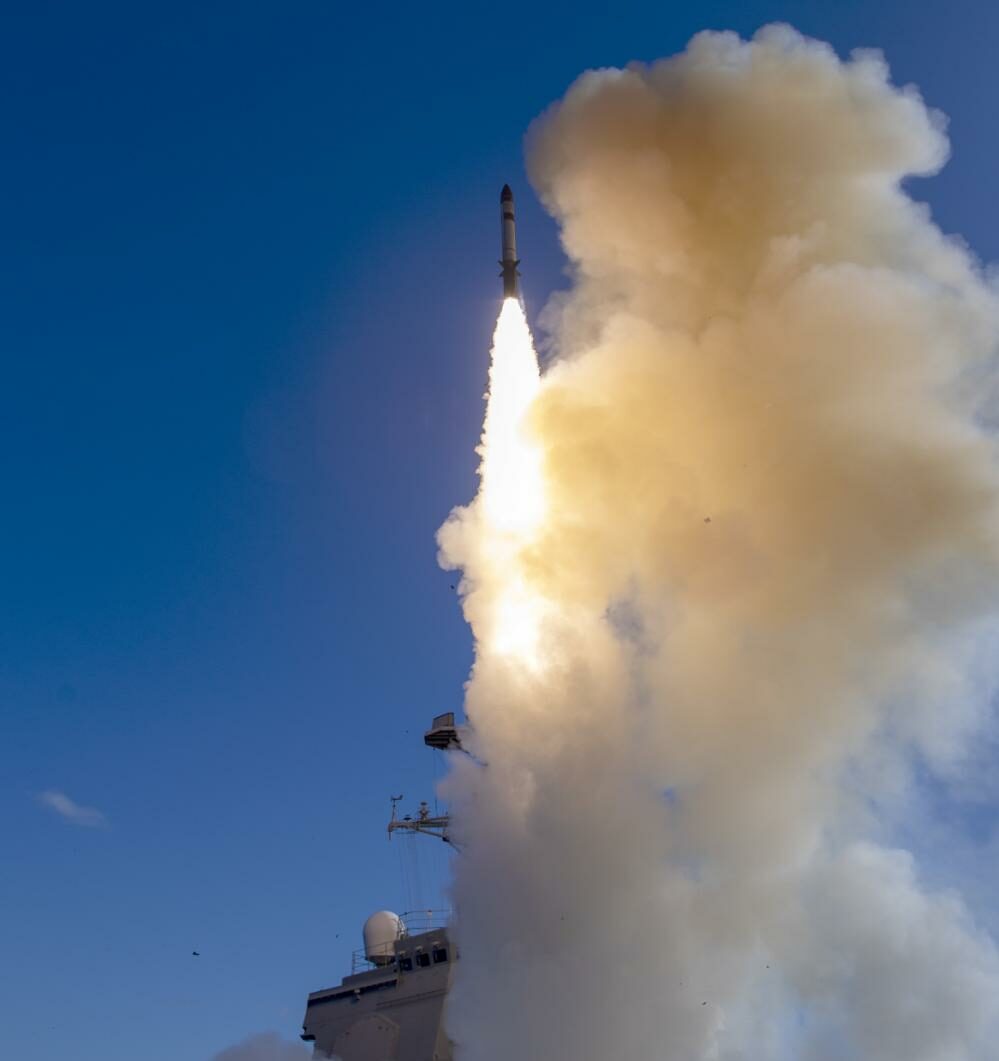Background
Due to its strategic position in the South Pacific Ocean and historical ties, Australia is a key ally of the United States.
In the past, Australian defense policy has generally been opposed to the development of major ballistic missile defense systems. The 2013 Australian Defence White Paper states that Australia does not advocate the development of a national ballistic missile defense (NBMD) system, stating that such a system would “potentially diminish the deterrent value of the strategic nuclear forces of major nuclear powers.” Australia itself does not possess nuclear weapons, but “relies on the nuclear on the nuclear forces of the United States to deter nuclear attack on Australia,” according to the 2013 white paper. Australia claimed that it does support U.S. deployment of BMD in response to missile threats from North Korea and Iran, and “will continue to participate in exercises and research programs with key partners” in order to “remain fully informed of global developments in ballistic missile defense.”
Recently, a shifting strategic environment has caused Australia to reconsider its approach to missile defense, and in the 2016 Australian Defense White Paper, missile defense was presented as available option to defend the country and its deployed forces against emerging ballistic and cruise missile threats in the Indo-Pacific and Middle East regions. Within the 2016 White Paper, it is stated that “Australia and the United States have established a bilateral working group to examine options for potential Australian contributions to integrated air and missile defense…” As recently as October 2017, Australia has been considering integrating missile defense capabilities on ships and land.[i]
Now, with Chinese aggression reaching dangerous levels, Australia finds itself in a position to be a major player in its deployment of air and missile defense systems. For the United States, enhanced detection and missile defense capabilities will be essential for countering Chinese launches.
Capabilities
As of May 2015, Australia does not currently have an ability to intercept ballistic missiles, according to the information provided by Australia’s Parliamentary Library. The Australian Navy, however, is currently constructing a class of Air Warfare Destroyers, which will be equipped with Aegis missile defense systems. In May 2018, the third of three Hobart-class Aegis destroyers was launched; the destroyers are operational and equipped with SM-2 interceptors for air defense. The Aegis Missile defense systems can be retroactively upgraded to incorporate ballistic missile defense capabilities, but it is uncertain if Australia will choose to do so.
In October 2017, Prime Minister Malcolm Turnbull announced that nine warships set for construction in 2020 will be fitted with long-range anti-missile defense systems in response to the aggression by rogue nations, most notably North Korea. Australia’s proposed frigates will use the Aegis combat systems in conjunction with SAAB Australia technology. The decision to use the Aegis system will allow for international cooperation between Australia, the United States, and Japan all of which would now possess ships with the Aegis ballistic missile defense system.[ii]

Australia has developed and deployed the Jindalee Operational Radar Network (JORN), an over-the-horizon radar (OTHR) network that monitors air and sea movements within 37,000 km3 . It has a range of 3,000 km and can monitor maritime operations, wave heights and wind directions. Unlike conventional micro-wave radar, OTHR uses radio reflection from the ionosphere. It was reported to have picked up signals of Chinese missile tests up to 5,500 km away in 1997.
After examinations of the JORN, US scientists commented on the Jindalee, saying they were “impressed by its range and capability and confirmed it could detect a missile launch far away in Asia” and said that it could be a “highly effective part” of the missile defense shield being developed by the United States.
Most recently, the JORN system entered Phase 6 redesign upgrades to introduce advancements that will enhance performance and lengthen its operational lifetime past 2042.
Australia’s Air Defense Capabilities
| System | Role | Number Deployed | Platform | |
| SM-2 | Medium-range air defense | Deployed on four vessels | Adeliade-class frigate (4) |  |
| ESSM (RIM-162, RIM-7) | Short-range air defense | Deployed on 12 vessels | Adeliade-class frigates (4), Anzac-class frigates (8), Perth class destroyers |  |
| Robot System 70 | Short-range air defense | 30 units deployed in 2 batteries | Man-Portable tripod |  |
| Aegis sea-based BMD | Long-range air defense | 3 ships | Hobart Class Destroyers |  |
Current Developments
Despite Australia’s policy position against the development of a NBMD, it has leaned towards greater cooperation with the United States on regional missile defense in the Pacific theater in recent years.
In a joint communiqué following the 2013 Australian-United States Ministerial Consultation (AUSMIN), both countries announced they would work together to “identify potential Australian contributions to ballistic missile defense in the Asia-Pacific region.” The communiqué also stated that Australia would “consult” with the United States as it “develops phased adaptive approaches” to missile defense in the Pacific.
On June 13, 2014 President Barack Obama and Australian Prime Minister Tony Abbott discussed plans to enhance cooperation on ballistic missile defense system. The meeting resulted in a commitment from Australia to expand missile-defense plans to counter potential threats from North Korea.[iii] The White House released a statement explaining that the two countries are “working to explore opportunities to expand cooperation on ballistic missile defense, including working together to identify potential Australian contributions to ballistic missile defense in the Asia-Pacific region.”[iv]
Australia is in the process of building a new fleet of warships that could be used to counter hostile missiles, as a part of a broader military buildup. Security analyst James Brown of Australia’s Lowy Institute said, “this might mean the Australian Defense Force could end up mounting advanced missiles on its Aegis-equipped air-warfare destroyers.”[v]Following the discussion, Prime Minister Abbott said that he agreed to arrangements for an expanded U.S. military presence at whatever level was deemed “appropriate and necessary” by Washington and its allies for safeguarding regional stability.[vi]
As of July 2017, Prime Minister Malcolm Turnbull expressed Australia’s focus on developing defenses against missile attacks to protect its deployed forces. While there was some talk of utilizing THAAD in Australia, Turnbull says that THAAD is “not really suitable” for Australia.[vii]In October 2017, Turnbull authorized a future fleet of frigates that will be armed with the Aegis ballistic missile defense system to protect both Australia’s homeland and its submarines from possible missile attacks by North Korea.[viii]
In early April of 2017, the Australian government announced that it had selected Raytheon to develop its National Advanced Surface to Air Missile System (NASAMS) for use by the Australian military. According to the Defense Minister, NASAMS would replace the current short-range capability, the RBS-70, which is due to be retired by the early 2020s.[ix]
On May 19, 2018 the Royal Australian Navy (RAN) launched its third air warfare destroyer the HMAS Sydneyat Osborne Naval Shipyard in Adelaide in South Australia. The HMAS Sydneyis the final ship of the three Hobart-class Aegis destroyers. Sea trials are expected to begin in 2019 and the destroyer should be delivered to the RAN in March 2020.[x]
In July 2023, Australia and the United States announced a partnership to develop guided missiles and rockets for both countries by 2025. This comes as the two nations have strengthened defensive ties to counter the increasing threat of Chinese military activity in the Indo-Pacific.
In August 2023, the Australian government announced plans to spend AU$1.7 billion on various military systems, including AU$1.3 billion on 200+ Tomahawk cruise missiles. Other purchases include 60+ Advanced Anti-Radiation Guided Missile-Extended Range weapons and Spike LR2 anti-tank guided missile systems. Additionally, the Pentagon’s top science and technology official lobbied for stronger missile defense ties with Australia and the potential for further cooperation between the US, Australia, Japan, and South Korea.
In April 2024, US and Australian collaborated for a missile defense test off the coast of Kauai, Hawaii. The test revolved around the use of SM-6 ballistic missiles with special upgrades from the Aegis equipped USS Preble. The test “represented the most robust participation in an Aegis test to date by U.S. ally Australia, who leveraged the event to demonstrate their own capabilities with participating air, land, and sea assets. In addition, USS Jack H. Lucas (DDG 125 ), the first Flight III Aegis Destroyer equipped with SPY-6 radar, successfully participated in this critical event in support of its Initial Operational Test and Evaluation campaign” according to MDA. Additionally, “This successful intercept against an advanced threat-representative target in the final stages of flight demonstrated the power and flexibility of the Aegis Weapon System paired with the Standard Missile 6, ” said MDA Director Lt. Gen. Heath Collins
References
[i]https://www.reuters.com/article/us-australia-defence/australia-to-fit-warships-with-anti-missile-defense-systems-idUSKCN1C72YM
[ii]Ibid.
[iii]http://online.wsj.com/articles/u-s-and-australia-to-cooperate-on-asian-missile-defense-plans-1402651672
[iv]http://www.whitehouse.gov/the-press-office/2014/06/12/fact-sheet-united-states-and-australia-alliance-future
[v]http://online.wsj.com/articles/u-s-and-australia-to-cooperate-on-asian-missile-defense-plans-1402651672
[vi]http://www.defence.gov.au/dmo/esd/jp2025/jp2025.cfm
[vii]http://www.news.com.au/national/turnbull-australia-working-on-missile-defence/news-story/6cd6d059addf316b417696621bbb0219
[viii]http://www.theaustralian.com.au/national-affairs/missile-defence-for-australias-future-frigates-against-rogue-states/news-story/9a7cdda6bd7c9ffa943a6d67342f0a97
[ix]https://www.defensenews.com/land/2017/04/10/australia-selects-raytheon-for-1-5b-ground-based-air-defense-system/
[x]https://thediplomat.com/2018/05/australia-launches-3rd-air-warfare-destroyer/
